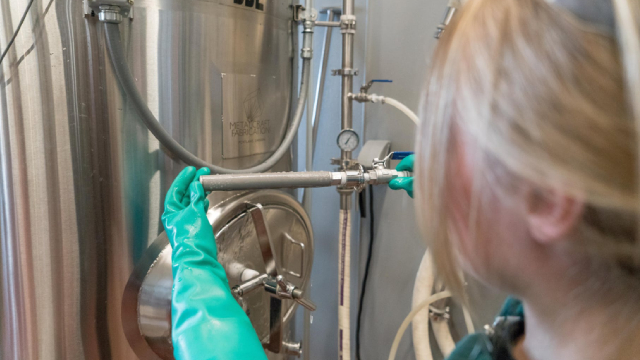23andMe’s Bankruptcy: A Warning Sign for SPAC Investments
In the ever-evolving world of biotechnology, the recent news of 23andMe’s bankruptcy filing has sent shockwaves through the investment community. This development underscores the significant risks associated with investing in companies that have gone public through mergers with Special Purpose Acquisition Companies (SPACs).
23andMe’s Financial Struggles
Founded in 2006, 23andMe is a pioneer in the direct-to-consumer genetic testing industry. However, the company’s financial situation has deteriorated in recent years. Despite raising over $1.3 billion in funding, 23andMe has failed to turn a profit. In 2020, the company reported a net loss of $144.3 million.
The Role of SPACs
23andMe’s IPO was unique in that it was not a traditional IPO but rather a reverse merger with a SPAC called Lightspeed Acquisition Corp. In such transactions, a private company merges with a publicly traded shell company, bypassing the regulatory scrutiny and lengthy process associated with a traditional IPO. However, this route also brings added risks.
Investment Risks
One of the primary risks of investing in companies that go public through SPACs is the lack of due diligence that comes with the expedited process. In the case of 23andMe, investors were promised a company with a proven business model and a clear path to profitability. However, the company’s financial struggles indicate that these assumptions may have been overly optimistic.
Impact on Consumers
For consumers, 23andMe’s bankruptcy filing raises questions about the long-term viability of the genetic testing industry. While the company has assured customers that their data is safe and that services will continue, uncertainty remains. Some consumers may choose to switch to competitors or pause their subscriptions until the situation becomes clearer.
Global Implications
The 23andMe bankruptcy is not just a concern for individual investors; it also has global implications. The failure of a high-profile company like 23andMe could deter other biotech firms from pursuing SPAC listings, ultimately limiting the flow of capital into the industry. Furthermore, it could discourage investors from backing biotech startups, potentially slowing down innovation and progress in the field.
Conclusion
The bankruptcy filing of 23andMe serves as a stark reminder of the risks associated with investing in companies that go public through SPACs. While the expedited process may offer attractive short-term gains, it often comes at the cost of thorough due diligence. As investors, it is crucial to approach such opportunities with caution and a clear understanding of the underlying risks.
- 23andMe’s bankruptcy filing highlights the risks of investing in SPAC-listed companies.
- The lack of due diligence in the SPAC process may have contributed to 23andMe’s financial struggles.
- Consumers may be impacted by the uncertainty surrounding the long-term viability of the genetic testing industry.
- The failure of 23andMe could have global implications, including limiting the flow of capital into the biotech industry and discouraging investors from backing biotech startups.





